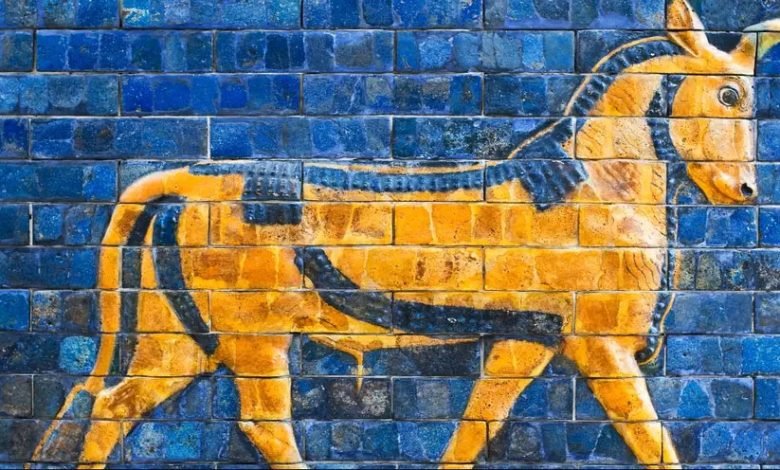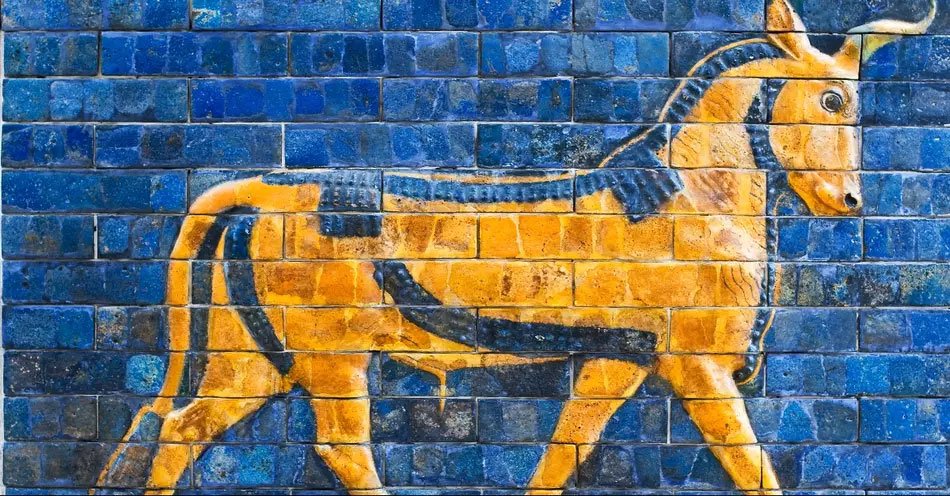
Who Is Baal in the Bible? Story and Meaning
Baal in the Bible which means “lord”, was the supreme god of Canaan and Phoenicia. His worship permeated Jewish religious life during the period of the Judges and became popular in Israel during the reign of Ahab. Baal was known as the god of fertility who helped the earth produce crops and give birth to humans.
Baal worship was done in different ways in different regions and certain “sects” of Baal worship were formed. Two examples of such local gods are Baal Faghur and Baal Brith.
Baal was a title given to a “god” worshiped in ancient Canaan and Phoenicia. Baal worship permeated Jewish religious life during the period of the Judges (Judges 3:7), became common in Israel during the reign of Ahab (1 Kings 16:31-33), and also influenced Judah (2 Chronicles 28). : 1-2).
Baal was a Canaanite and Phoenician god and the son of the main god “El”. In artistic images and archeological findings, Baal is depicted as a bull or a ram and is associated with fertility.
According to Canaanite beliefs, Baal also triumphed over El and was associated with the sun and thunder. Of all the foreign gods the Israelites came in contact with, Baal seems to have posed the greatest challenge to their worship. In this article, Ali Wahidi will examine Baal in the Bible: story and meaning. Stay with us.

Baal in the Bible
The bold presence of Baal:
Although we cannot review all the Baal verses here, it should be noted that Baal becomes an important figure in the book of Judges as well as during the reign of the Kings, when Israel seems to have turned most to foreign gods. .
An example of Baal worship:
For example, Hezekiah’s son rebuilds the shrines of Baal and Astarte, the Canaanite goddess, which Hezekiah had destroyed:
“And he rebuilt the high places that his father Hezekiah had destroyed, and he set up the altars of Baal, and he built a tribe for himself, as Ahab, the king of Israel, had done. And he prostrated himself before all the hosts of heaven, and worshiped them.” (2 Kings 3:21)
Confronting Baal:
One of the most famous examples of Israel’s confrontation with the priests of Baal is recorded in 1 Kings 18. In this season, the prophet Elijah and the priests of Baal compete with each other in a show to prove the power of their god and their gods.
Baal remains silent during this confrontation, while God ignites the completely drenched altar with fire. After this incident, all 450 priests of Baal are killed by the people.
The Bible’s negative view of Baal:
In short, the Bible has nothing to say positively about Baal and often condemns his worship. Following Baal caused Israel to go astray and finally scattered at the hands of Assyrians and Babylonians.
Baal’s relationship with Satan:
In Matthew 12:27, Jesus calls Satan “Beelzebub,” a name referring to the Philistine god Baelzebub (2 Kings 1:2). The Baal gods of the Old Testament were simply demons masquerading as gods, and all idolatry is ultimately Satan worship (1 Corinthians 10:20).
Today in the article : Who Is Baal in the Bible? Story and Meaning? We reviewed useful information about the Bible and the way of Jesus. If you wish, you can view other articles of Ali Vahidi about Christianity





